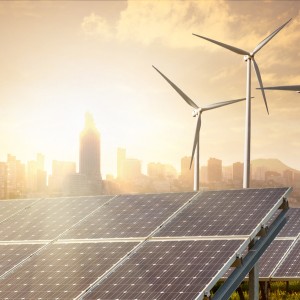Sustainability in East Asia

In September 2019 our latest book, Energy, Environmental and Economic Sustainability in East Asia, was published. It presents the results of our recent research with the REEPS network of environmental and ecological economists in East Asia.
Our analysis highlights some of the key challenges and suggests some potential solutions.
It almost goes without saying that East Asia will play a critical role in future global sustainability. Even leaving aside the sheer size of China, the region accounts for a large and growing share of total emissions and resource use. However, the region is far from homogenous, with each of the four countries we focus on (China, Japan, Korea and Taiwan) facing its own unique environmental and political challenges.
The new book builds on our previous work, Low-carbon, Sustainable Future in East Asia, by using an updated version of the E3ME model and extending the analysis to 2050. For the first time in the region, we consider contribution to long-term climate goals, as well as the more immediate NDC targets. We also incorporate more recent data, notably on the cost of solar power which has fallen substantially since the previous analysis.
The new book also incorporates new versions of the FTT models. As previously, FTT:Power is used extensively in scenarios that combine targets for reducing emissions with targets for phasing out nuclear power. However, we also test scenarios with the newer FTT:Transport and FTT:Heating models. Perhaps most importantly, Chapter 6 of the book includes the first published results of the FTT:Steel model, which was partly developed in Japan.
The final section of the book considers low-carbon targets in the context of broader sustainable development, drawing on Cambridge Econometrics’ circular economy and natural resources thematic areas. Policy in these areas is much less advanced, so the modelling really only scratches the surface of potential future scenarios.
The urgency of acting to reduce greenhouse gas emissions is becoming ever more apparent. Each country, including those in East Asia, faces its own challenges in finding paths to future prosperity that are both environmentally and socially sustainable. Our analysis highlights some of the key challenges and suggests some potential solutions.
